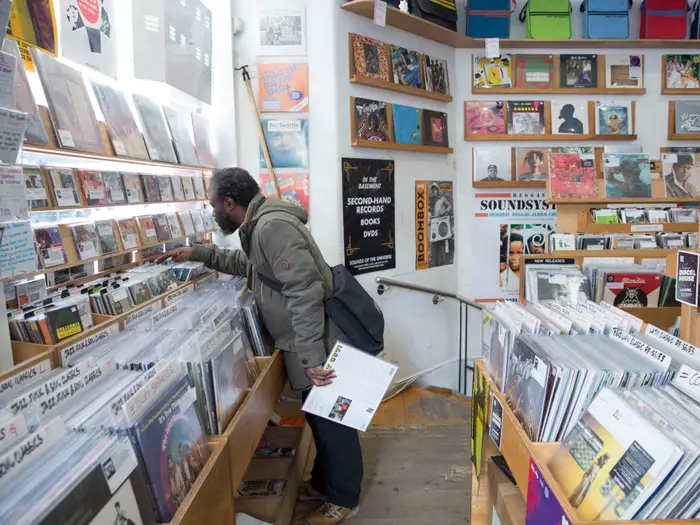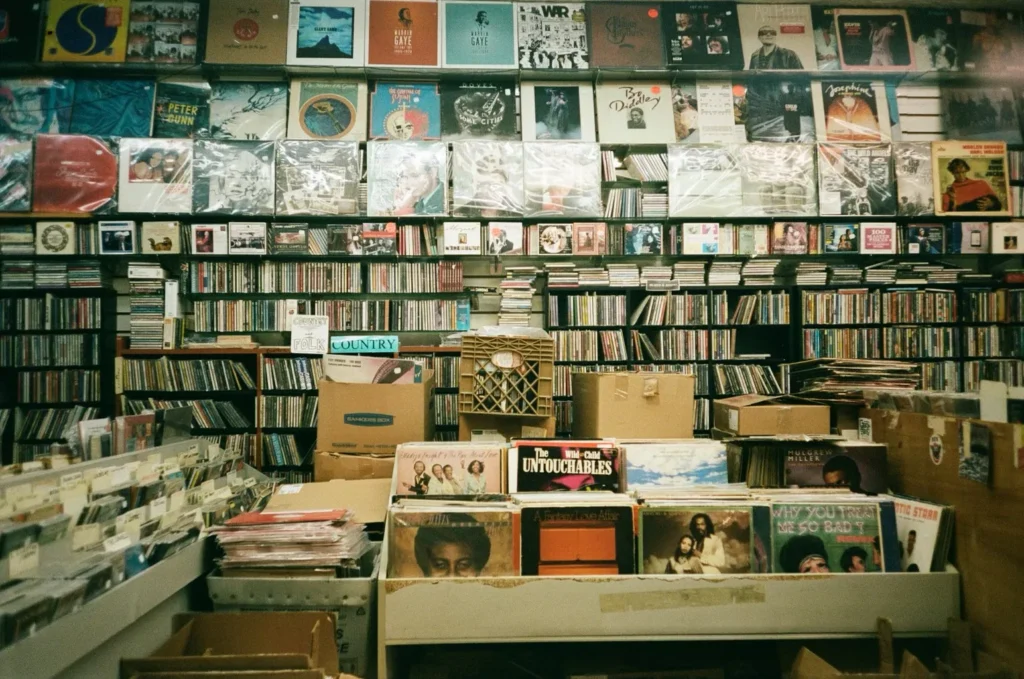Vinyl records, once thought to be a relic of the past, have experienced a remarkable resurgence in recent years. This analog format, with its warm sound and tangible appeal, has captivated a new generation of music lovers. The roots of vinyl records can be traced back to the late 19th century, when Thomas Edison invented the phonograph. Early records were made of shellac and played at 78 revolutions per minute (RPM), limiting their playback time and sound quality.

In the mid-20th century, the vinyl LP (long-playing record) revolutionized the music industry. With its longer playing time and improved sound quality, the LP became the dominant format for music consumption. Vinyl records offered a tangible, immersive experience, allowing listeners to connect with their favorite artists on a deeper level. However, the rise of cassette tapes and CDs in the 1980s and 1990s led to a decline in vinyl’s popularity. Many believed that vinyl was a dying format. But in the early 2000s, a resurgence began, driven by a growing appreciation for the unique sound quality and tangible experience of vinyl records.

Today, vinyl records are more popular than ever, with record stores experiencing a revival and new vinyl releases becoming highly sought-after collectibles. As the digital age continues to evolve, vinyl records offer a nostalgic and authentic way to enjoy music.






